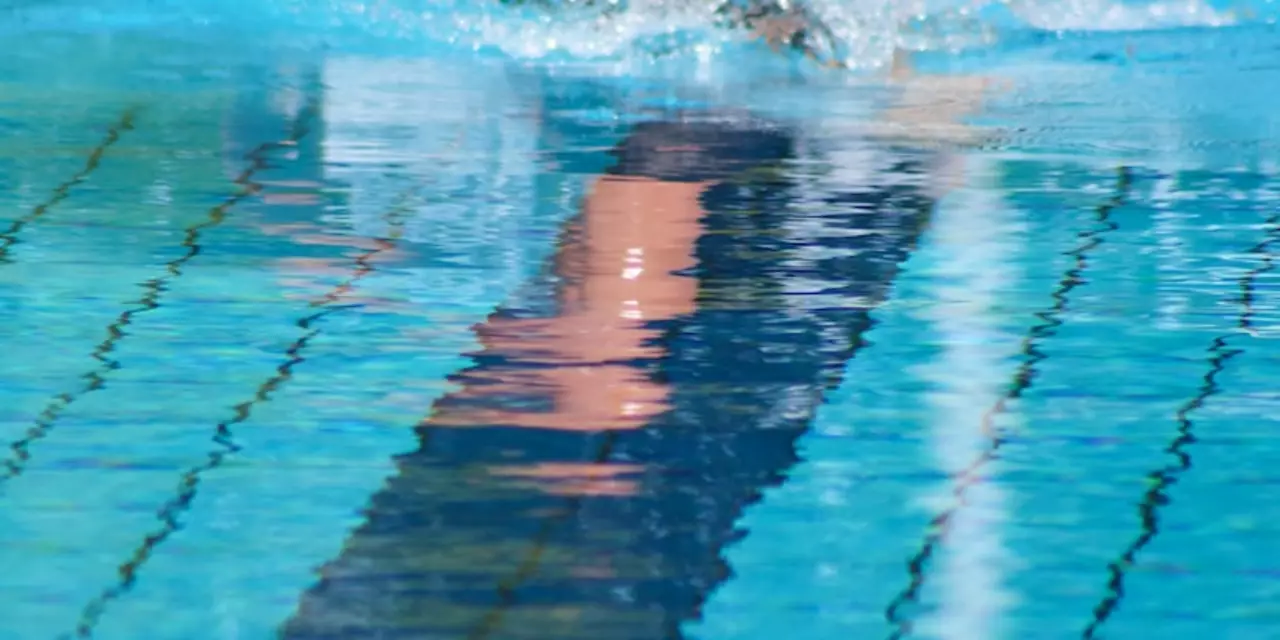Swimming at Every Age – What You Need to Know
Whether you’re a newborn getting used to water, a teenager training for a meet, or a retiree chasing fitness, swimming fits all ages. It’s low‑impact, works every muscle, and feels refreshing. Below you’ll find solid advice that works no matter how many candles are on your birthday cake.
Why Swimming Works for All Ages
Water supports your body, so joints stay safe. That’s why grandparents love lap swimming and toddlers enjoy splash lessons. The resistance of water builds strength without pounding muscles, making it ideal for kids who are still growing and seniors who need gentle exercise.
Regular swims boost heart health, improve flexibility, and calm the mind. A quick 30‑minute session can lower blood pressure for a middle‑aged office worker and lift mood for a teenager dealing with school stress. The mental break alone keeps many people coming back.
How to Train Safely at Different Life Stages
Infants (0‑2 years): Focus on water comfort, not strokes. Short 5‑minute playtimes help babies learn to breathe and float. Always stay within arm’s reach and use a warm, shallow pool.
Kids (3‑12 years): Teach basic freestyle and backstroke. Keep drills fun—games, races, and toys keep attention high. Aim for 2‑3 sessions a week, each 30‑45 minutes, to build endurance without burnout.
Teens (13‑19 years): This is peak performance age. Introduce interval training and technique work. Mix sprint sets with longer endurance laps. Proper warm‑ups and cool‑downs become crucial to avoid injuries.
Adults (20‑60 years): Balance fitness goals with life’s busy schedule. Combine aerobic laps with strength drills like kick boards or pull buoys. If you’re prepping for a race, add weekly speed work; otherwise, steady swimming keeps weight in check and stress low.
Seniors (60+ years): Stick to low‑intensity laps and water aerobics. Focus on gentle arm circles, leg kicks, and balance exercises. A few short sessions weekly maintain mobility and heart health without overtaxing the body.
Across every age group, listen to your body. If you feel tightness or fatigue, take a break, stretch, or swap a swim for a walk. Consistency beats occasional marathon sessions, especially for long‑term health.
One last tip: track progress in a simple log. Write down distance, time, and how you felt. Seeing improvement—whether it’s ten more meters or a calmer breathing pattern—keeps motivation high at any age.
Ready to jump in? Pick a pool near you, set a realistic schedule, and let the water work its magic at every stage of your life.
